
BIRDS
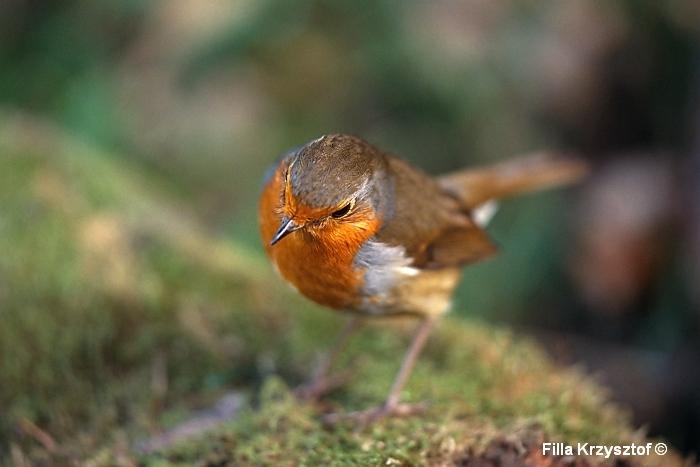
The robin (Erithacus rubecula).
^ ^^^
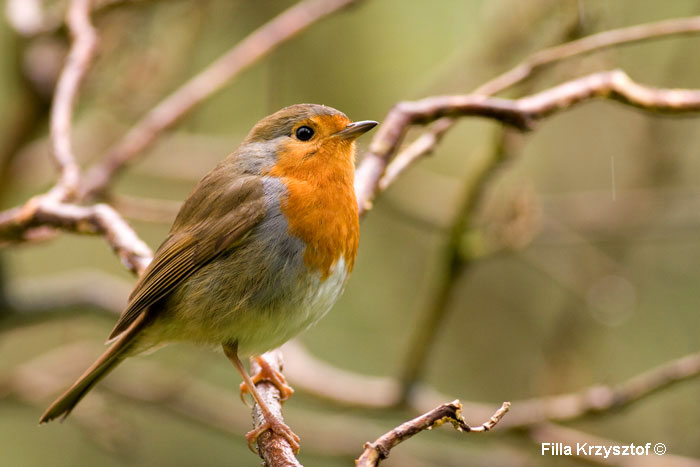
The robin (Erithacus rubecula).
^ ^^^
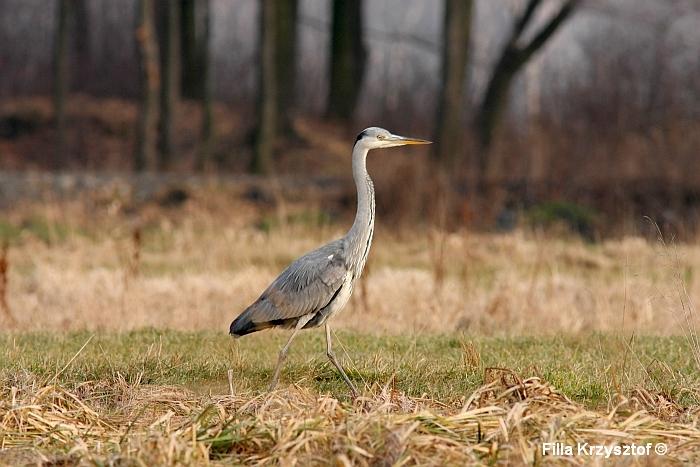
The grey heron (Ardea cinerea).
^ ^^^
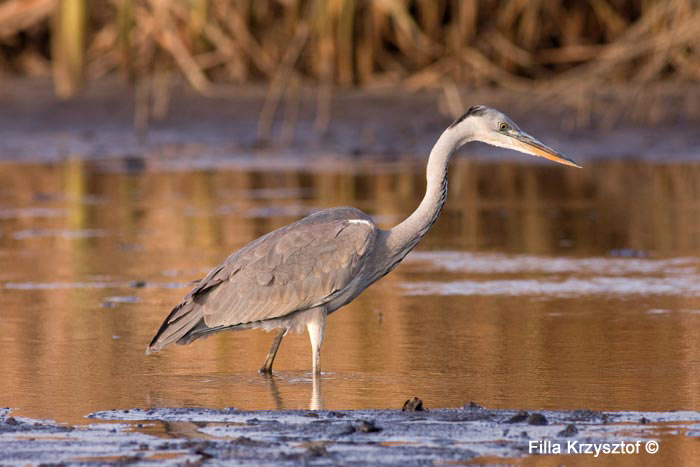
The grey heron (Ardea cinerea).
^ ^^^
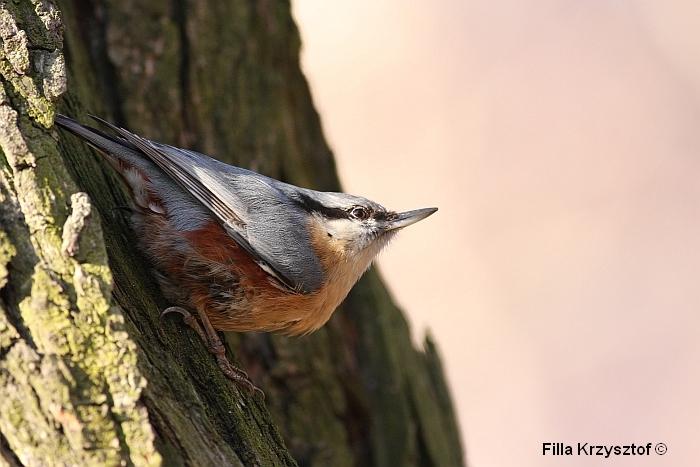
The nuthatch (Sitta europaea).
^ ^^^
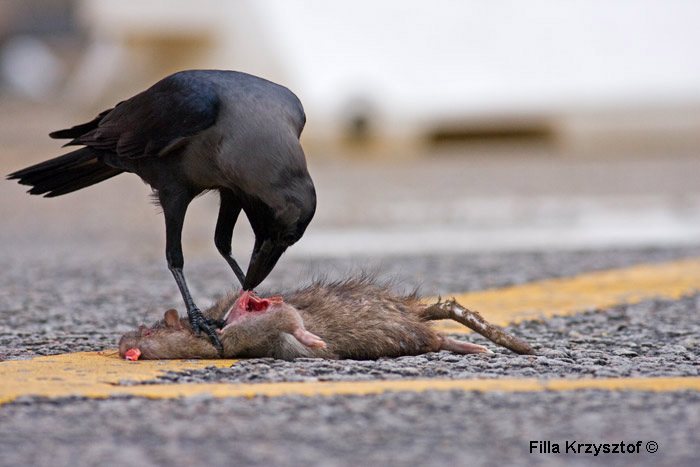
^ ^^^
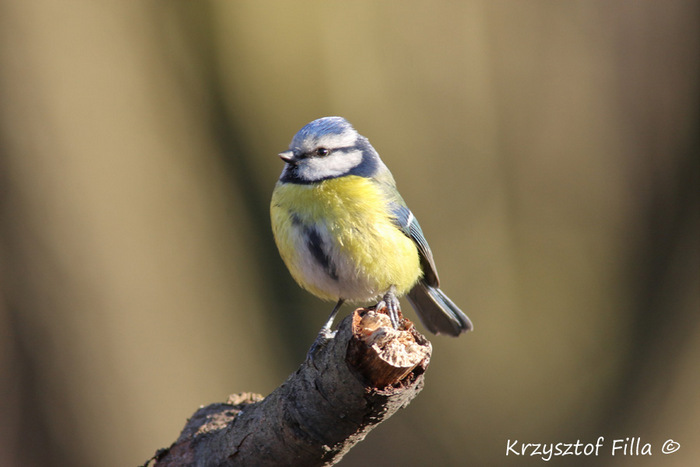
The blue Tit (Parus caeruleus).
^ ^^^

The great spotted woodpecker (Dendrocopos major).
^ ^^^

The dipper (Cinclus cinclus).
^ ^^^
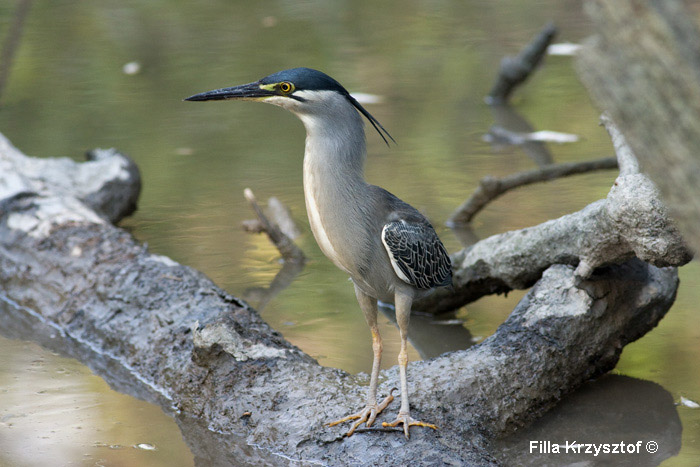
The striated heron (Butorides striata).
^ ^^^
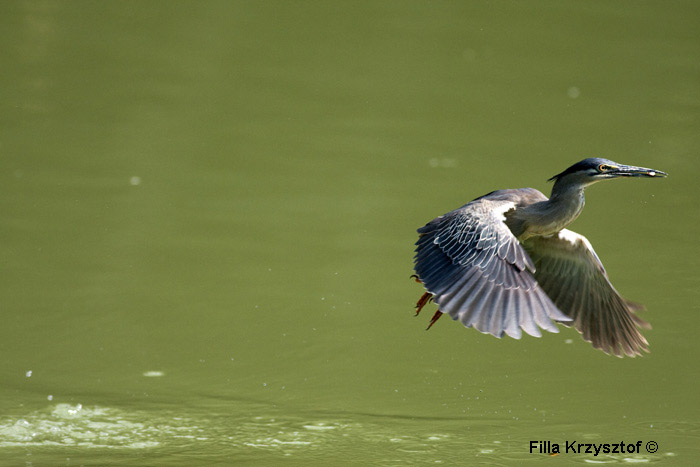
The striated heron (Butorides striata).
^ ^^^
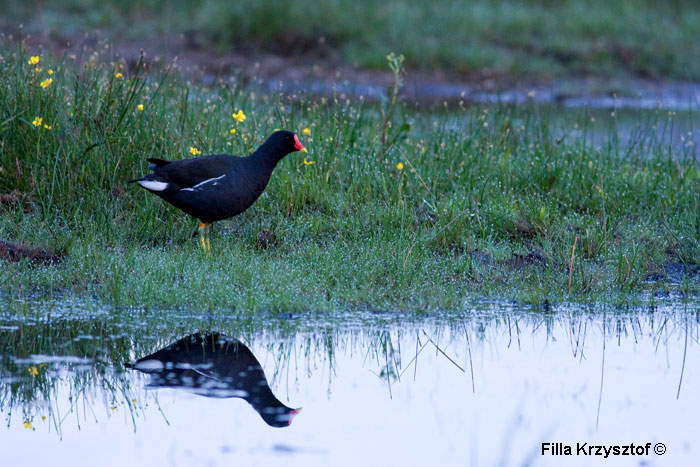
The moorhen (Gallinula chloropus).
^ ^^^
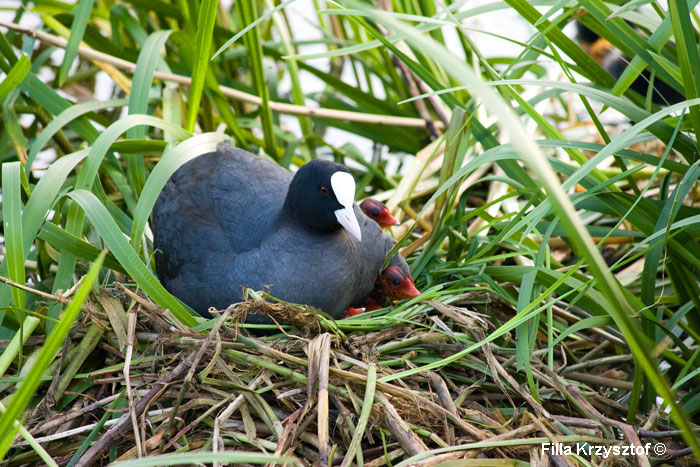
The coot (Fulica atra).
^ ^^^
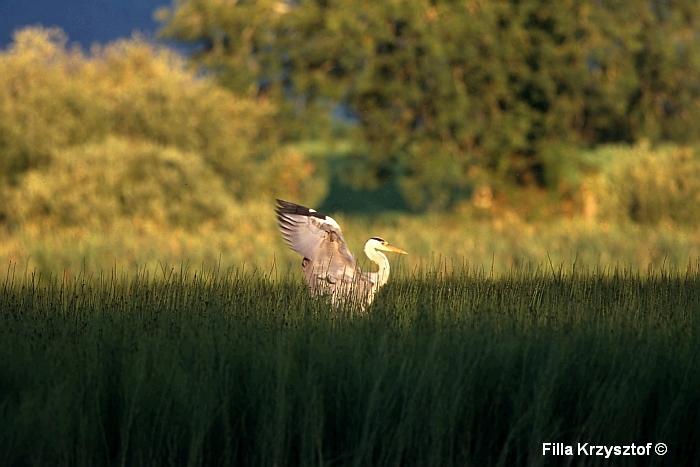
The grey heron (Ardea cinerea).
^ ^^^
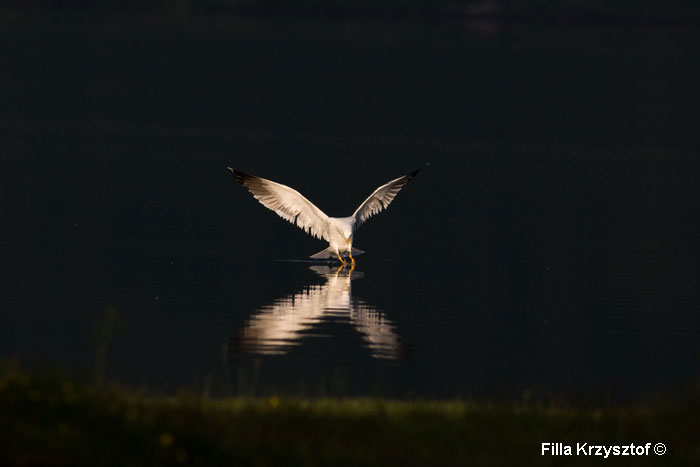
^ ^^^
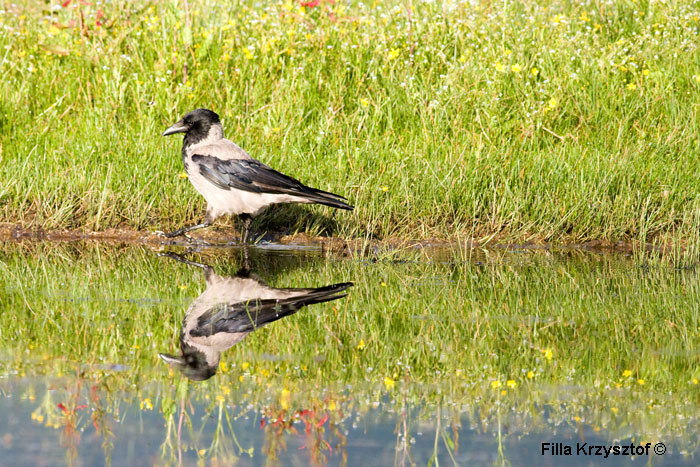
The hooded crow (Corvus cornix).
^ ^^^

The herring gull (Larus argentatus).
^ ^^^
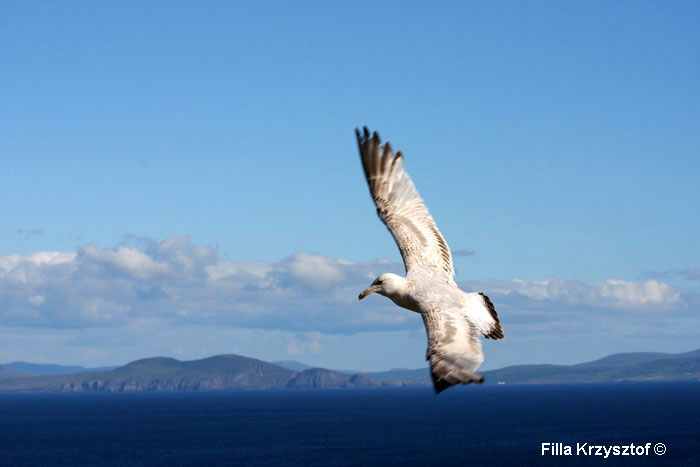
^ ^^^

^ ^^^

The chaffinch (fringilla coelebs).
^ ^^^
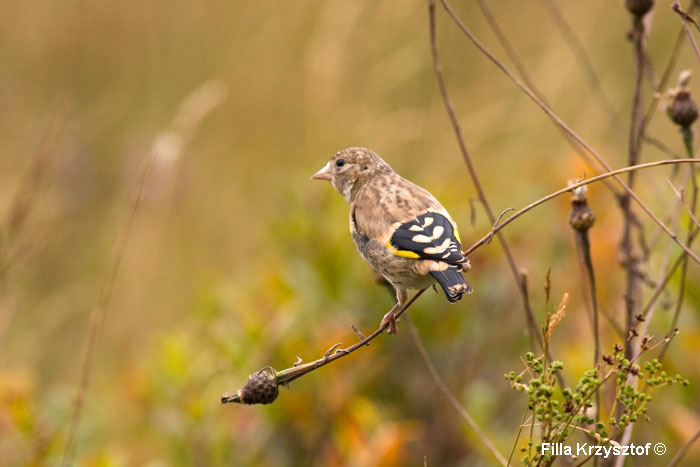
^ ^^^

The Greater Flameback (Chrysocolaptes guttacristatus).
^ ^^^

^ ^^^

The Greater Racket-tailed Drongo (Dicrurus paradiseus).
^ ^^^
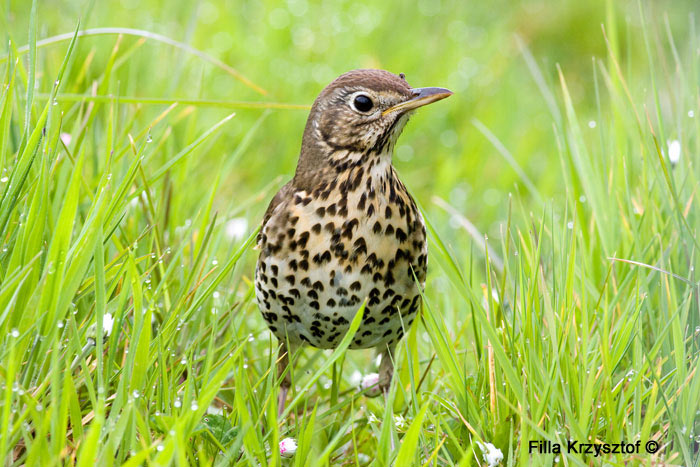
The song thrush (Turdus philomelos).
^ ^^^
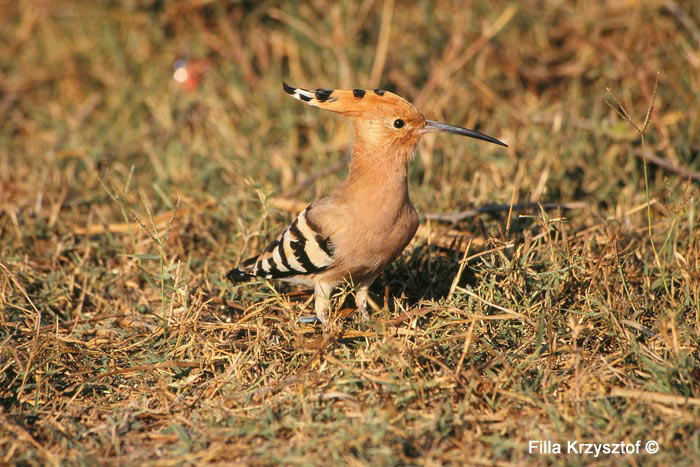
The hoopoe (Upupa epops).
^ ^^^
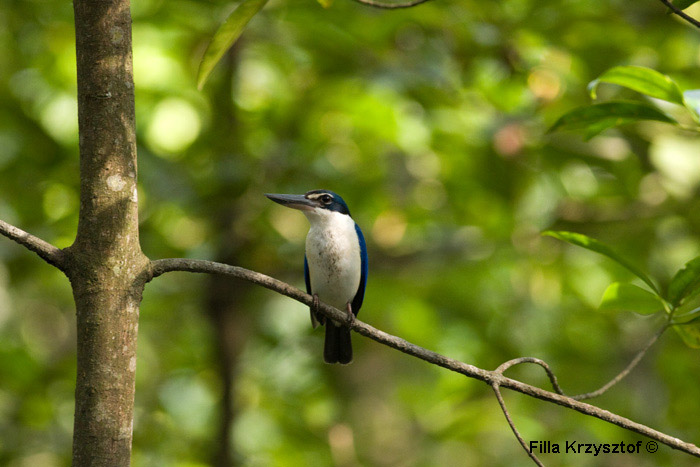
The white-collared Kingfisher (Todiramphus chloris).
^ ^^^

The white-throated kingfisher (Halcyon smyrnensis).
^ ^^^
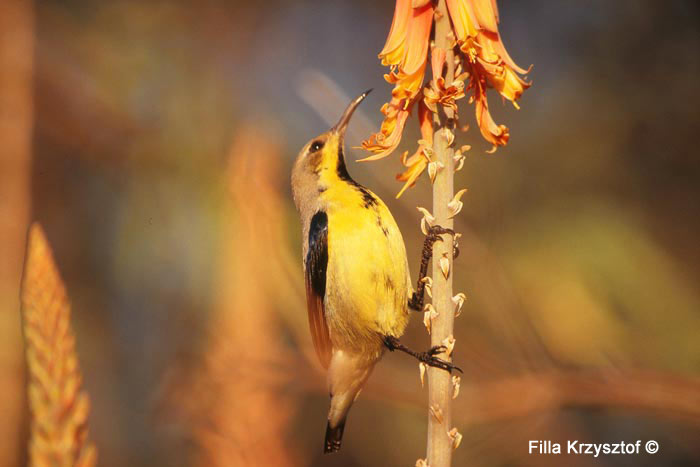
^ ^^^
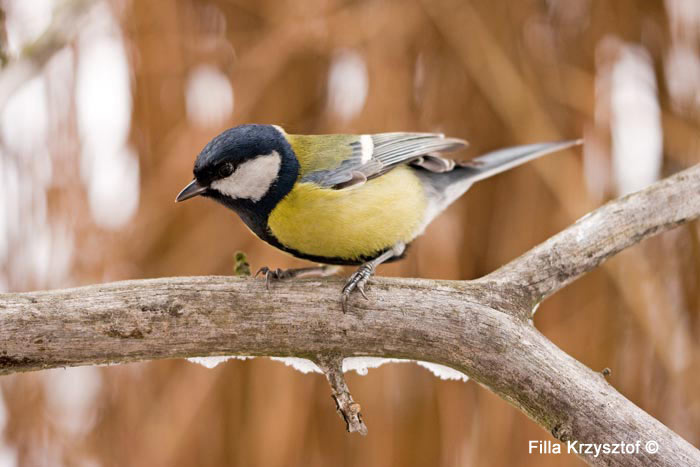
The great tit (Parus major).
^ ^^^

The willow tit (Poecile montanus).
^ ^^^

The willow Tit (Poecile montanus).
^ ^^^
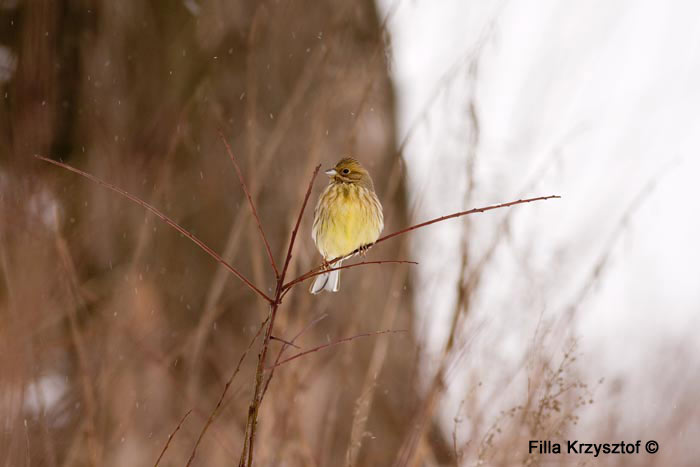
The yellowhammer (Emberiza citrinella).
^ ^^^
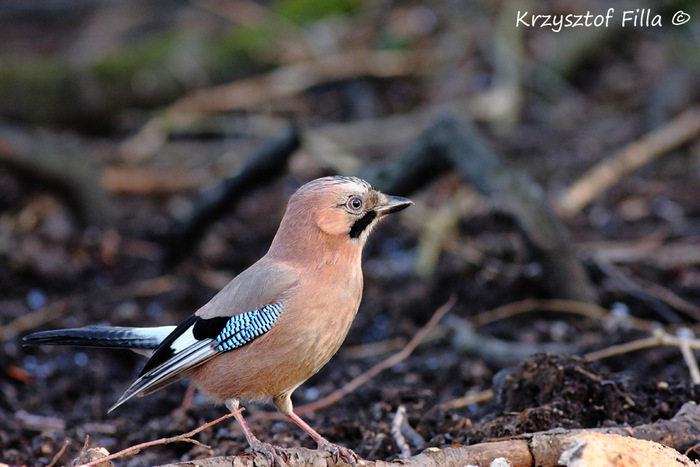
The eurasian jay (Garrulus glandarius).
^ ^^^
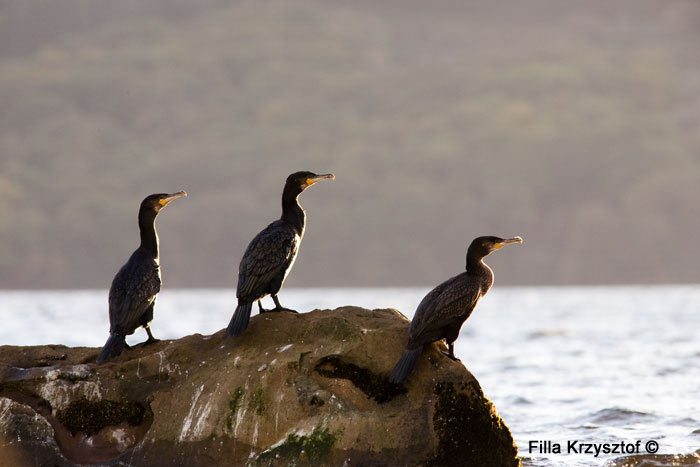
The great cormorant (Phalacrocorax carbo).
^ ^^^
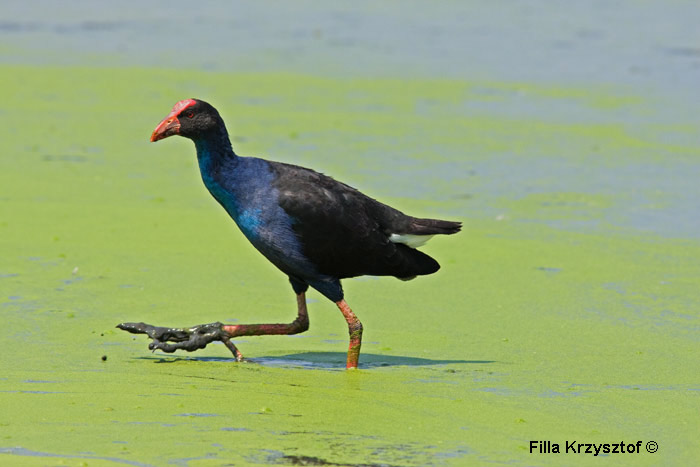
The purple moorhen (Porphyrio porphyrio).
^ ^^^
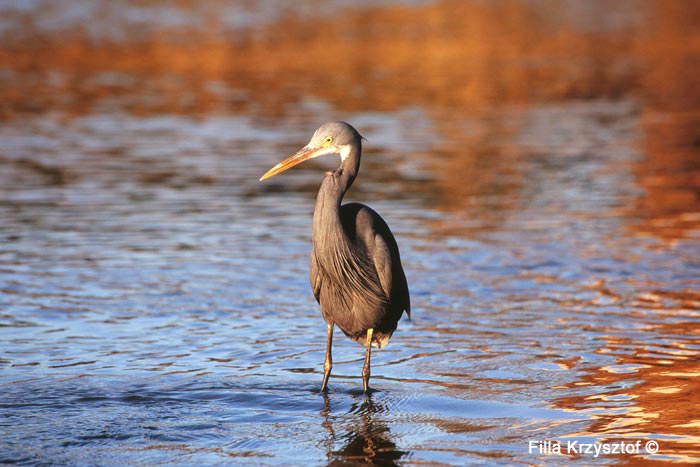
The western reef heron (Egretta gularis).
^ ^^^
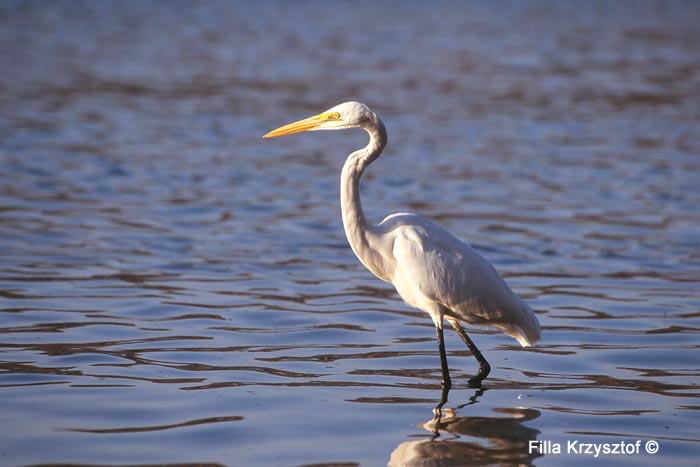
The great egret (Ardea alba).
^ ^^^
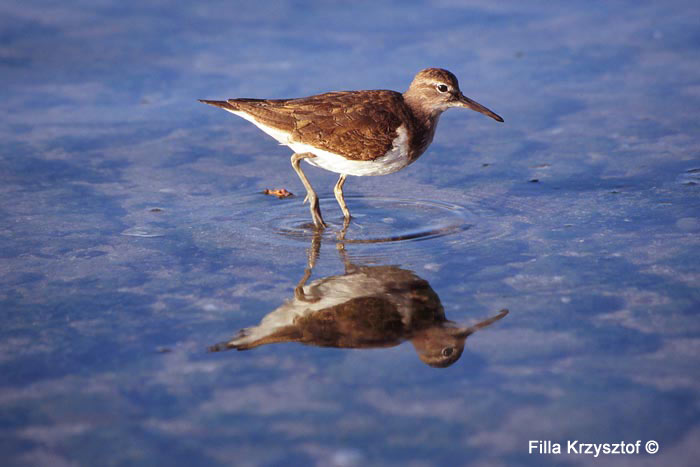
^ ^^^
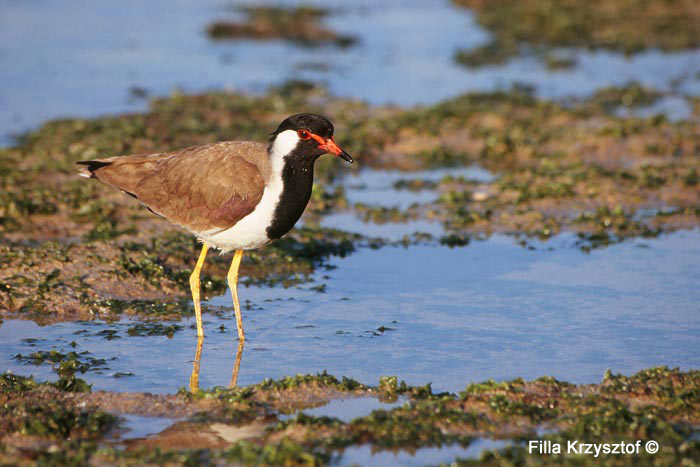
^ ^^^
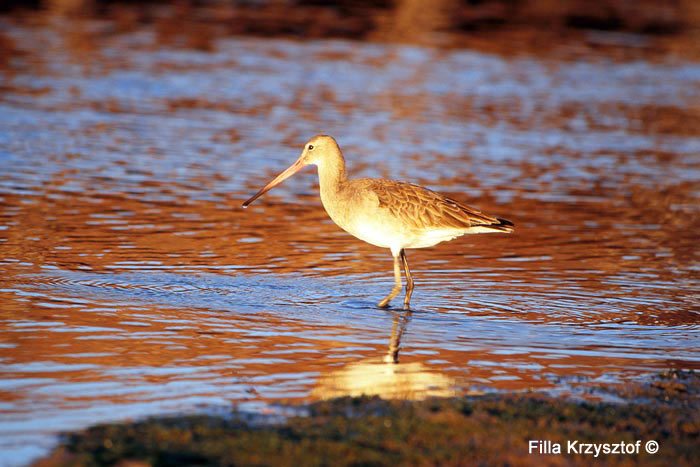
The black-tailed godwit (Limosa limosa).
^ ^^^
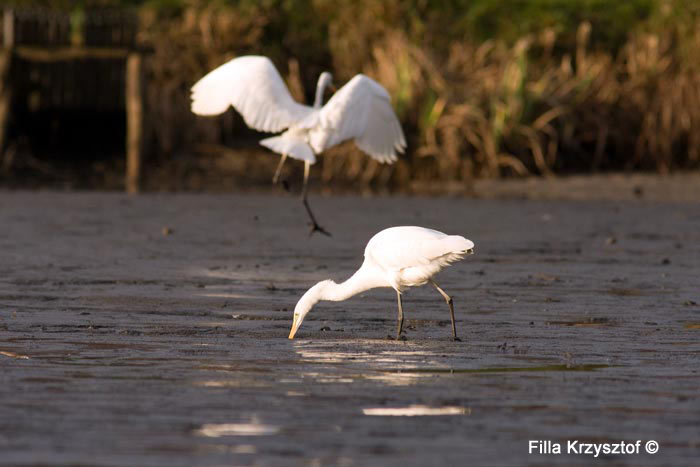
The great egret (Ardea alba).
^ ^^^

The brahminy bite (Haliastur indus).
^ ^^^

The crested serpent Eagle (Spilornis cheela).
^ ^^^

The crested fireback (Lophura ignita).
^ ^^^

^ ^^^

The pacific swallow (Hirundo tahitica).
^ ^^^

A hornbill.
^ ^^^
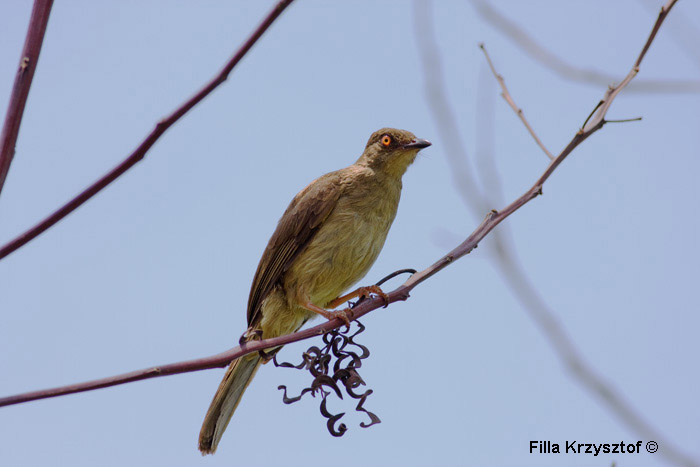
The red-eyed bulbul (Pycnonotus brunneus).
^ ^^^
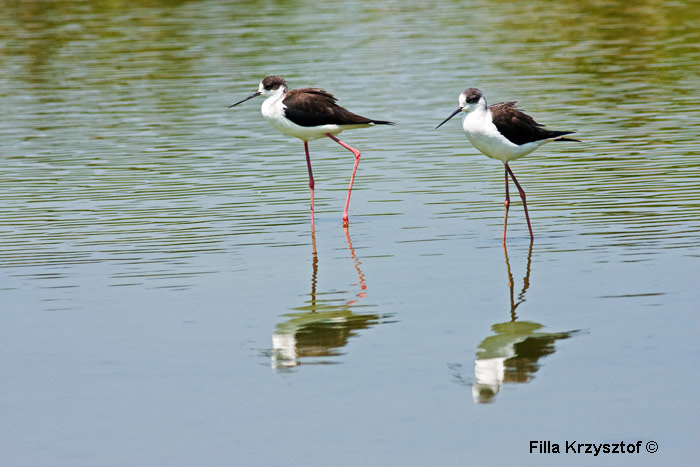
^ ^^^
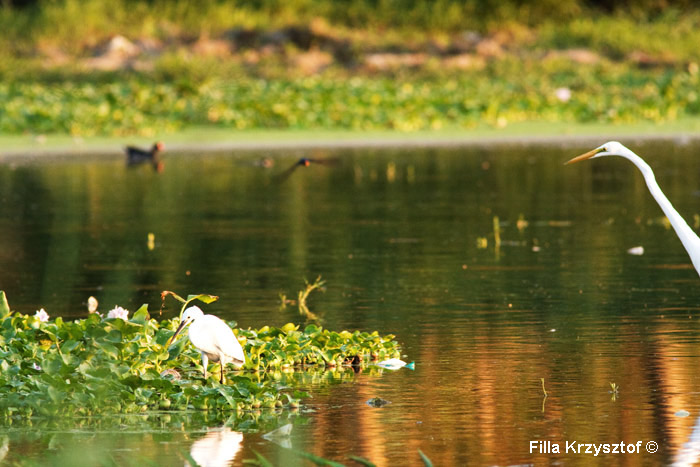
Egret (Ardea alba).
^ ^^^
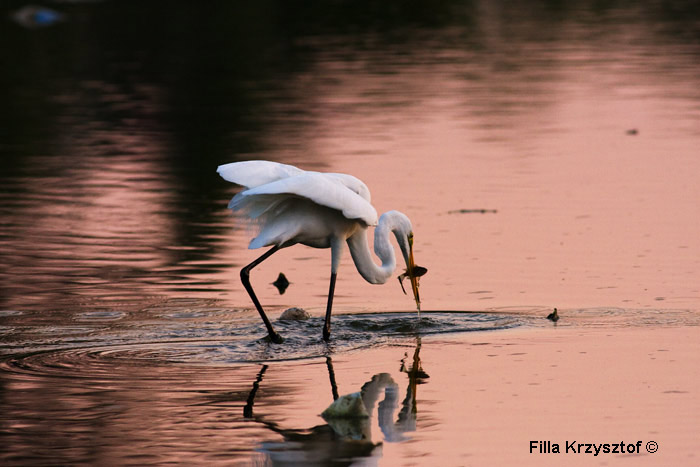
Egret (Ardea alba).
^ ^^^
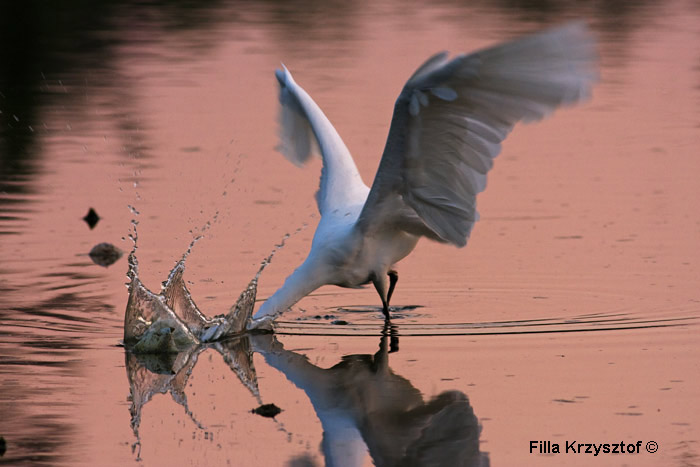
Egret (Ardea alba).
^ ^^^
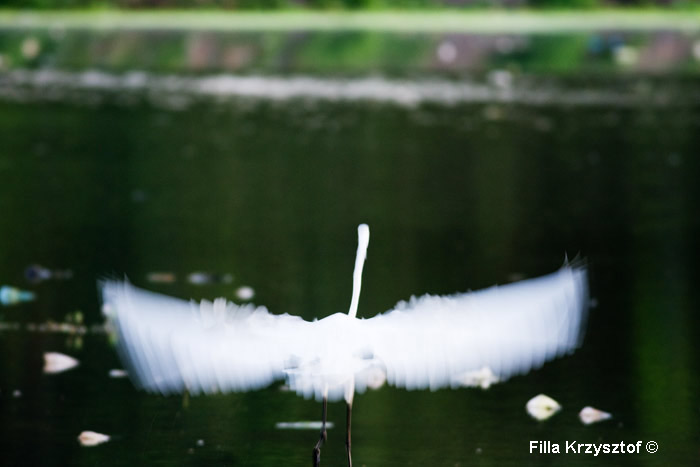
Egret (Ardea alba).
^ ^^^
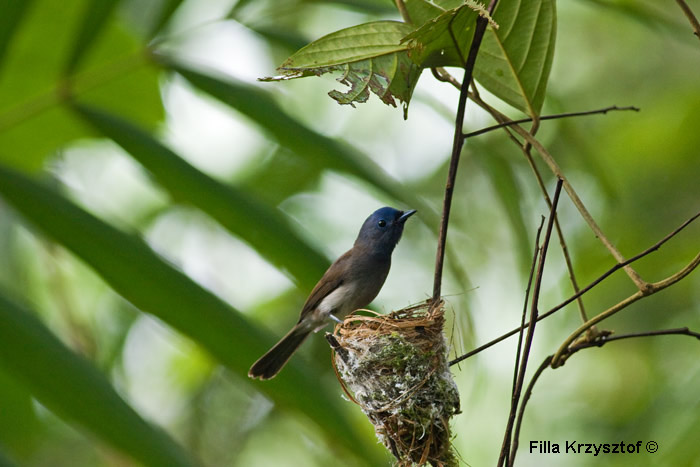
The Black-naped Monarch (Hypothymis azurea).
^ ^^^

The White-rumped Shama (Copsychus malabaricus).
^ ^^^

The Common Sandpiper (Actitis hypoleucos).
^ ^^^

The Eurasian bullfinch, common bullfinch (Pyrrhula pyrrhula) male. The bird feeds mainly on seeds of fruits or pine cones, at spring time nibbles tree buds. In the breeding season very timid and seldom shows up out of thickets. At winter season when there is less food it can be spotted out of spinneys in an open areas where it tries to find grasses with remnants of seeds. Bullfinches are monogamous.
^ ^^^
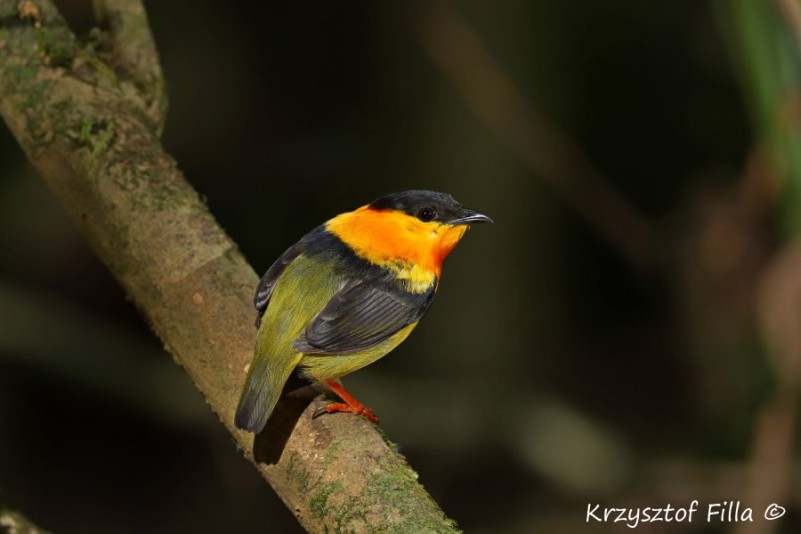
The orange-collared manakin (Manacus aurantiacus). It is an endemic bird of west Costa Rica and west Panama. The male produces very loud clicking sounds, and starts hopping from a twig to a twig to impress females. They build and maintain a display arena in thick, dim and impenetrable bushes.
^ ^^^
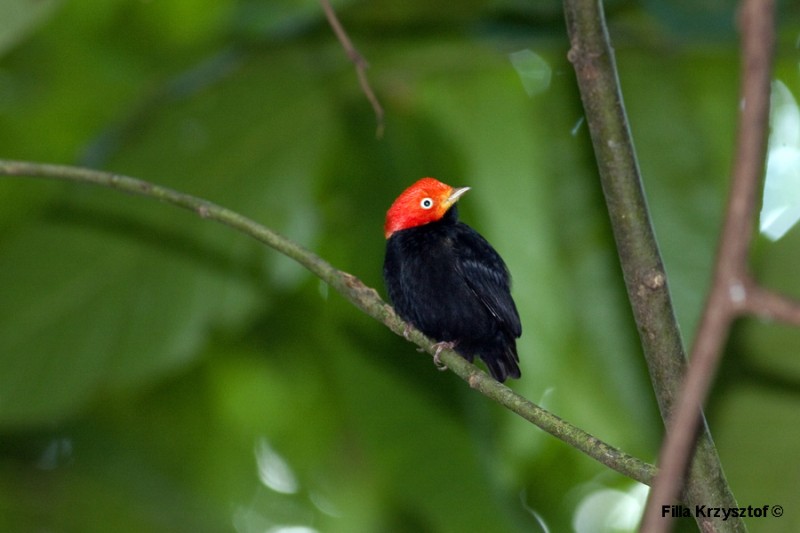
The red-capped manakin (Ceratopipra mentalis). The sexual dimorphism is very conspicuous as the male is red headed and the female is olive green. The manakin likes the humid rainforest of Central America at elevation between 400 and 600 m above sea level. It is said that Michael Jackson mimicked this bird's famous moon walk.
^ ^^^
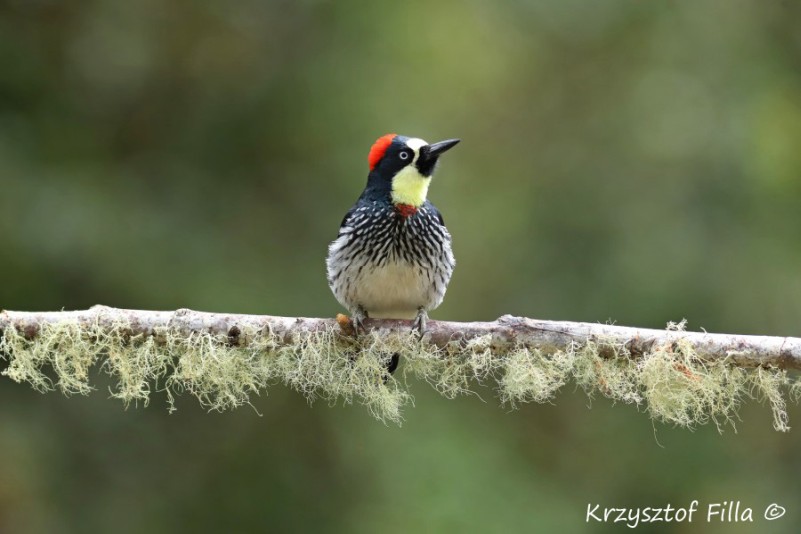
The acorn woodpecker (Melanerpes formicivorus).
^ ^^^
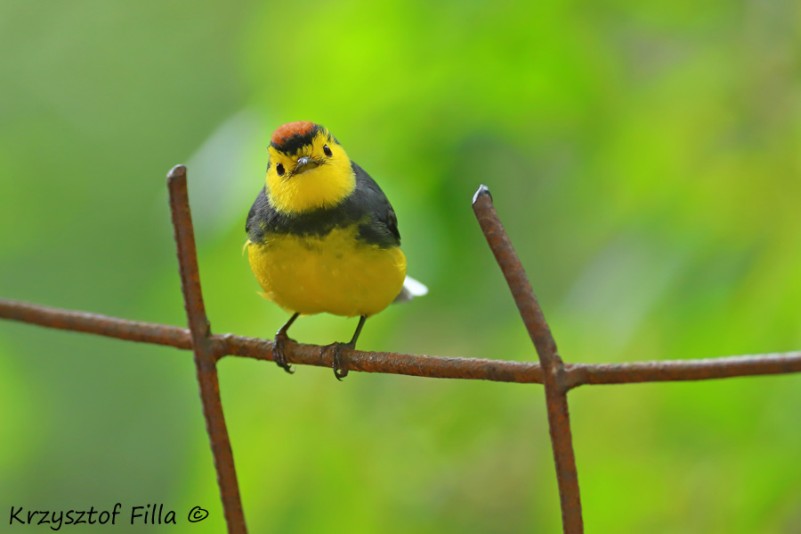
The collared whitestart (Myioborus torquatus). The little bird occupies the territoryof Costa Rica and Northern slopes of Panama above 1500 m. a.s.l.
^ ^^^
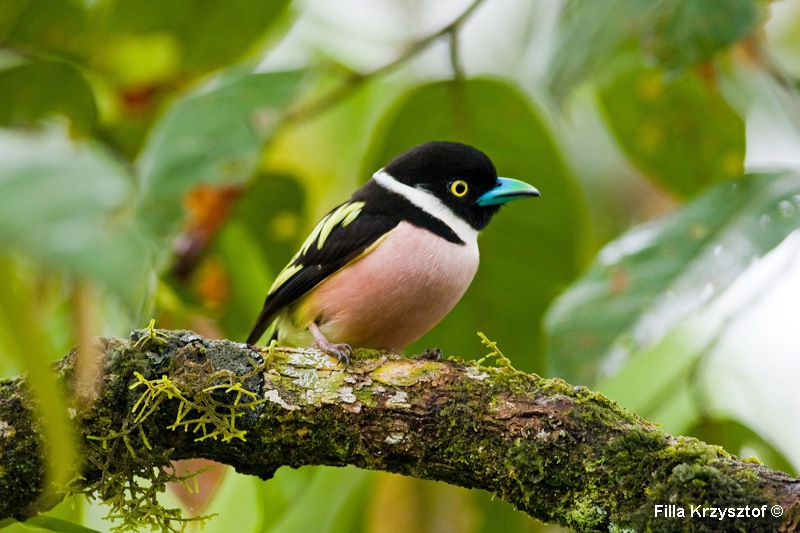
The black-and-yellow broadbill (Eurylaimus ochromalus). Occurs in the Malay Peninsula, Sumatra and Borneo
^ ^^^
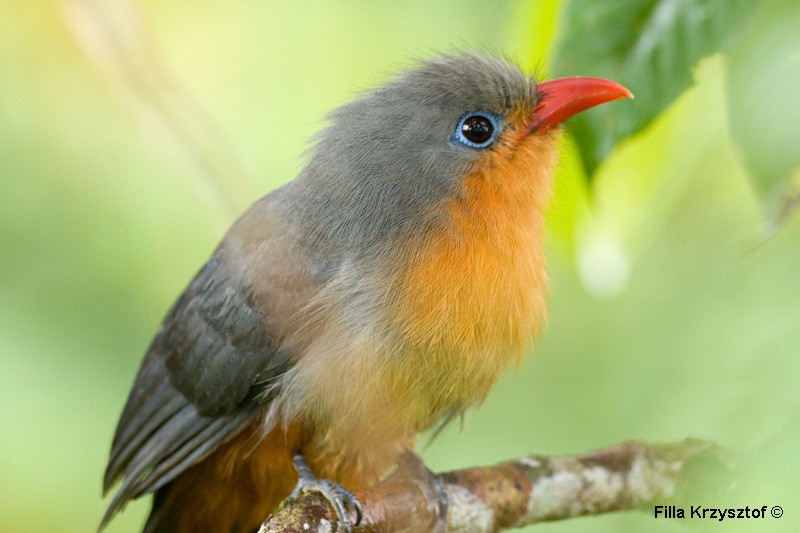
^ ^^^
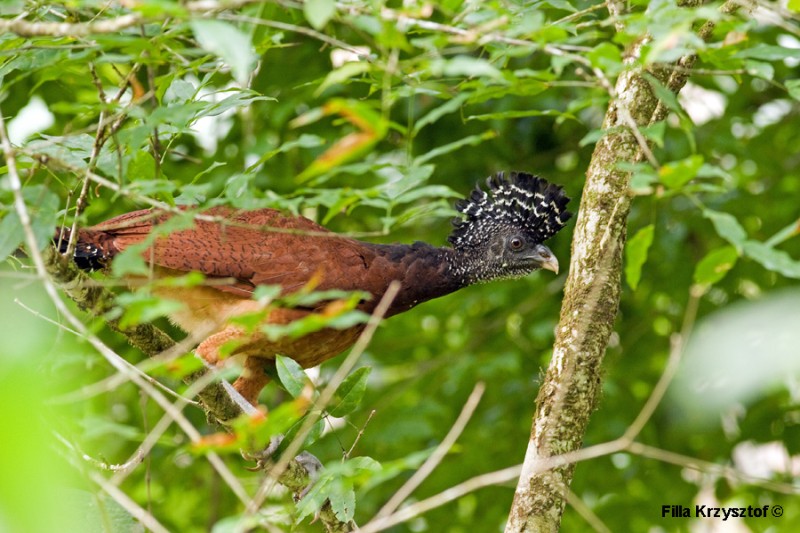
The great curassow (Crax rubra) is a terrestrial bird but can fly to escape danger but most often run away. The males are blacks and females brown. They are monogamous birds that couple for life time building nests on trees.
^ ^^^
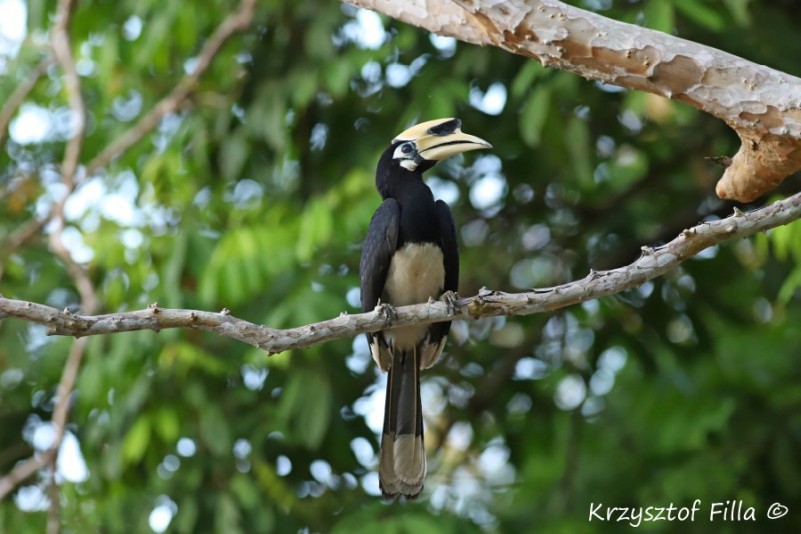
The oriental pied hornbill (Anthracoceros albirostris). These birds are generally monogamous and as other hornbills use holes and cavities in trees as theyir nesting sites witch sufice their size. The female is sealed during the incubation and male provides food.
^ ^^^
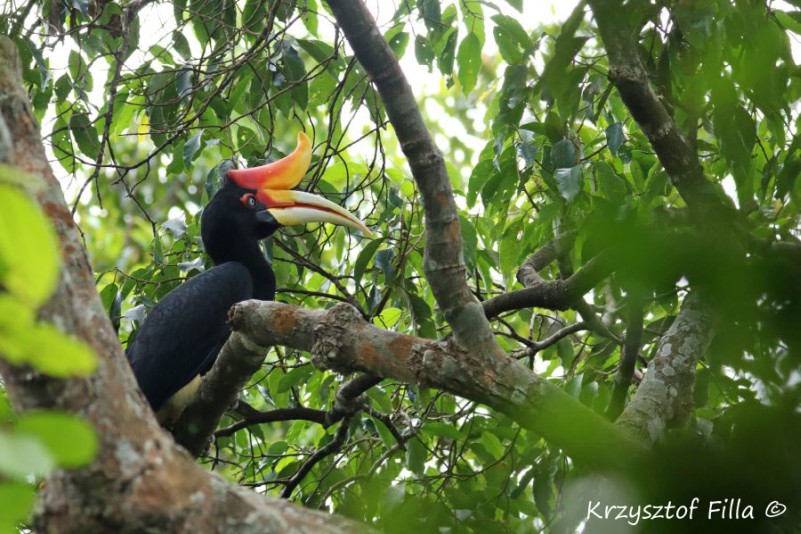
The rhinoceros hornbill (Buceros rhinoceros).
^ ^^^
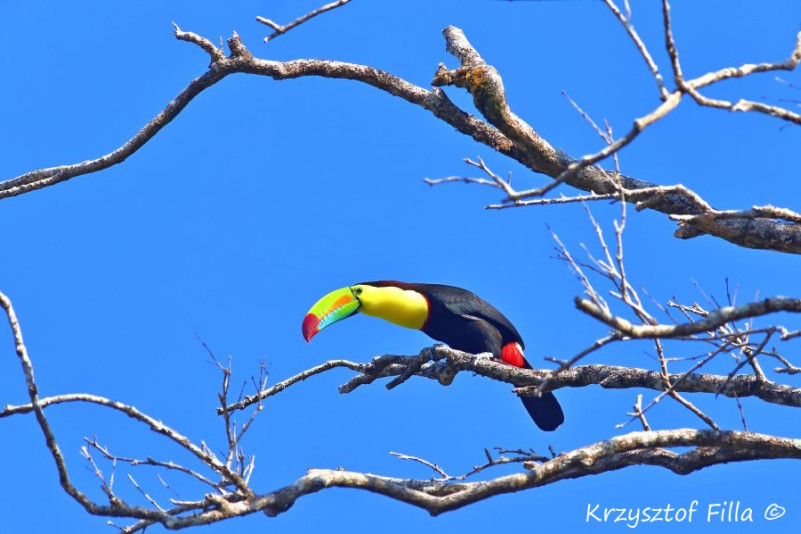
Keel-billed toucan (Ramphastos sulfuratus).
^ ^^^
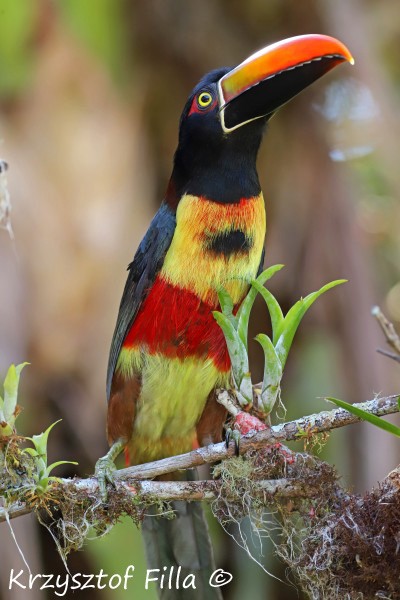
The fiery-billed aracari (Pteroglossus frantzii) is a rare species among toucans. It breeds only on the Pacific slopes Costa Rica and West-North Panama mainly on the lowland forest. However this picture has been taken in the mountains on altitude 1300 m. a.s.l. Its diet consist mainly of fruits but it supplements it with insects small lizards or eggs of other birds.
^ ^^^

The scarlet macaw (Ara macao) is a bird abundant in the Amazon Basin and with some places in Central America. In Costa Rica they live only in Carara N.P. and on Osa peninsula. They eat mostly fruits, nuts and seeds, including large, hard seeds.
^ ^^^
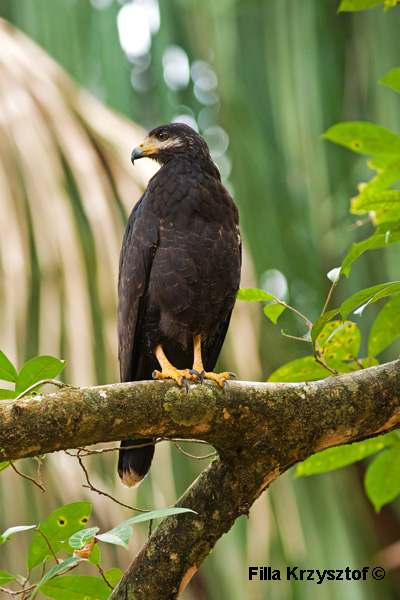
The common black hawk (Buteogallus anthracinus). It is a resident of coastal area as it feeds mostly on crabs and small vertebrates. Its perfect habitat is the mangrove forest.
^ ^^^
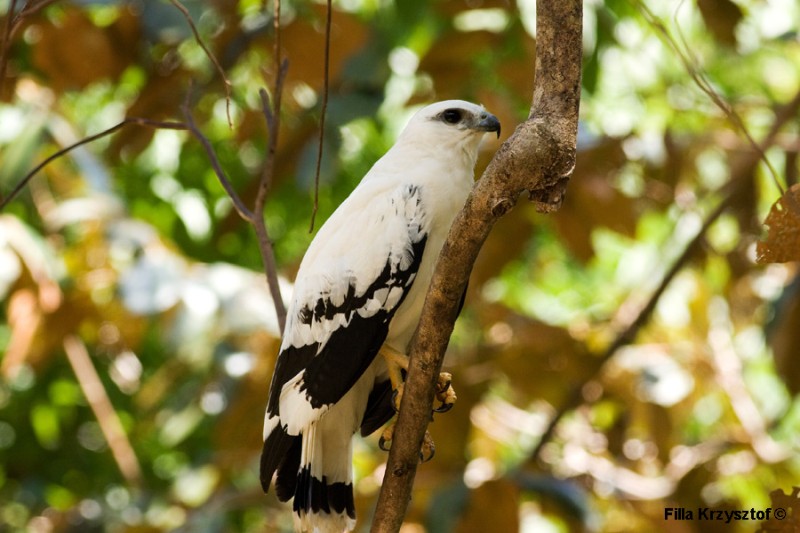
The white hawk (Pseudastur albicollis) is a widespread raptor of Neotropical forests. They often accompany the capuchin monkeys and catch small vertebrates that escape the monkey. When I photographed the bird for a second I thought I will have the monkey and the bird in one frame.
^ ^^^
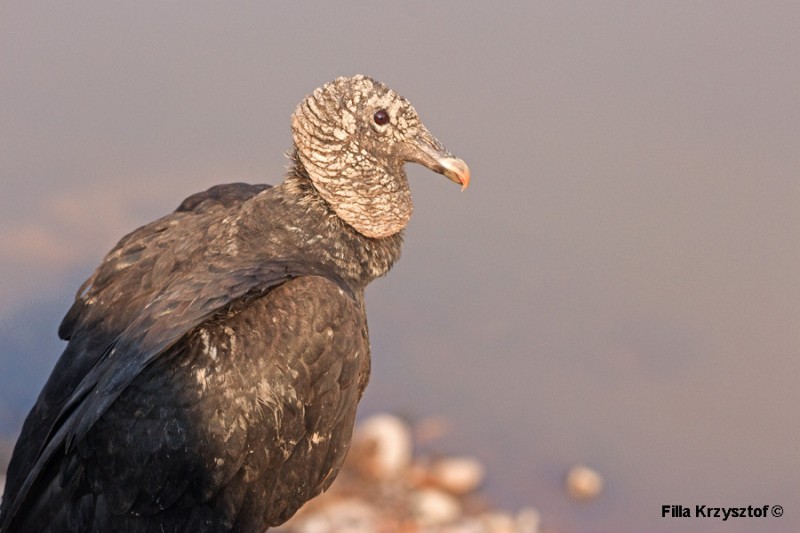
The black vulture (Coragyps atratus) often live in close vicinity to humans as they scavenge on the dumpsters and landfills. They are more aggressive than other vultures and can hunt in flocks on small mammals. For a long time they have been disliked by farmers as they often pray on new born calves.
^ ^^^
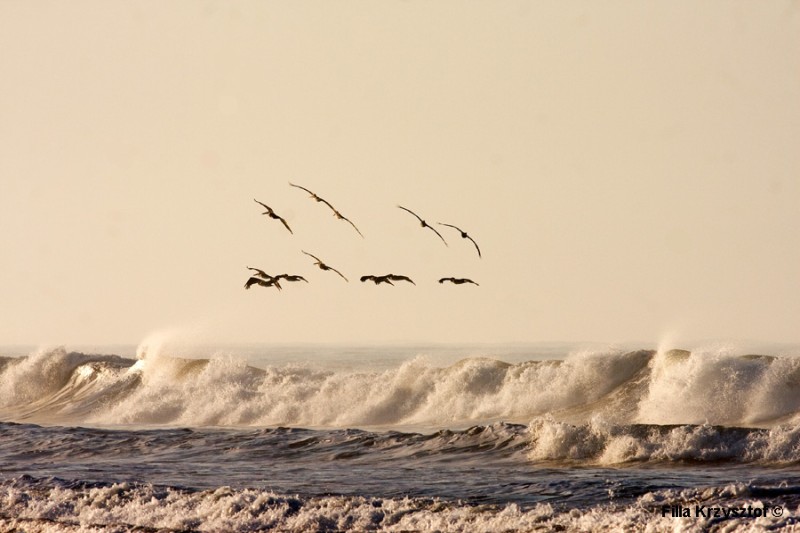
Pelicans flying over waves of Pacific Ocean using aerodynamic ground effect.
^ ^^^
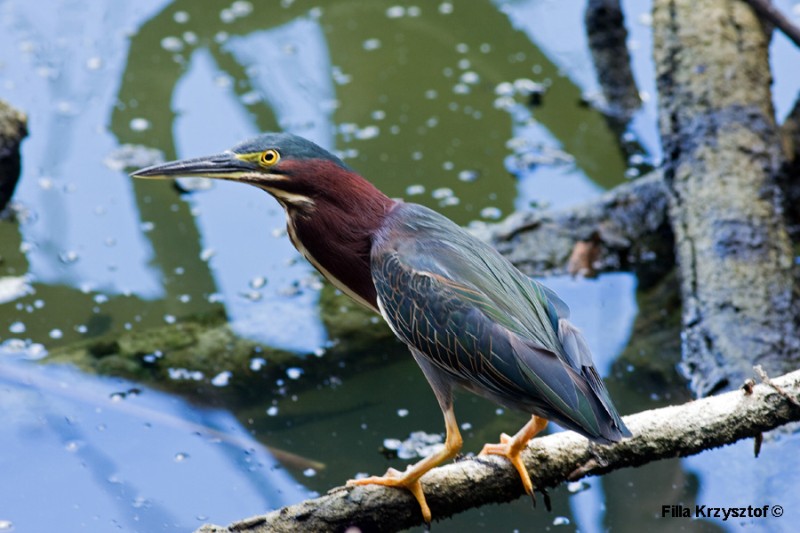
The green heron (Butorides virescens) though not very green makes his home in central and north America. The green herons sometimes use tools as a bait to catch its prey. They use bread crusts, insects, worms to lure a fish.
^ ^^^
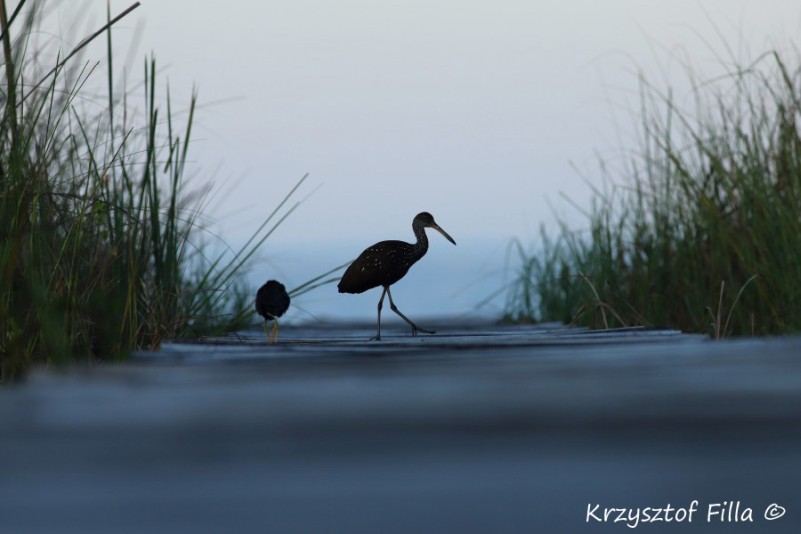
^ ^^^

The Northern Jacana (Jacana spinosa). This is a juvenile individual whose white plumage will change to gray in adolescence. Its habitat are marshes, ponds, and lake margins with floating vegetation where it forages for food. It is quiet common bird in Central America.
^ ^^^
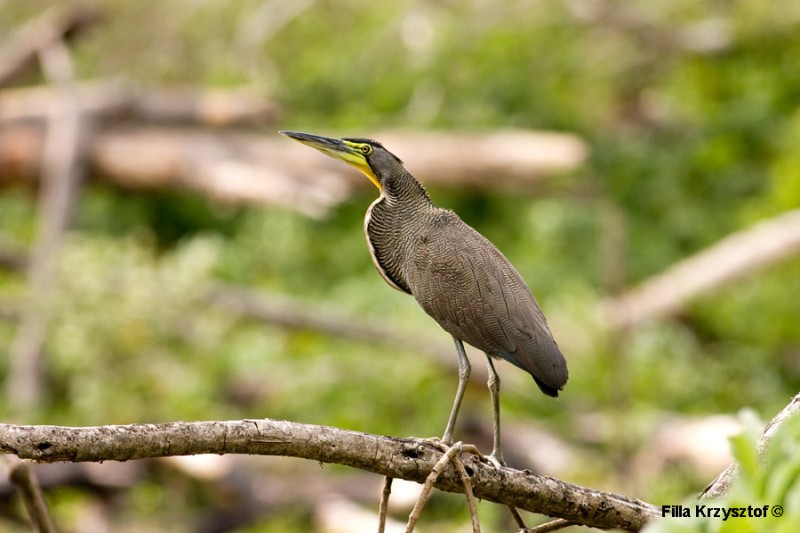
The bare-throated tiger heron (Tigrisoma mexicanum).
^ ^^^
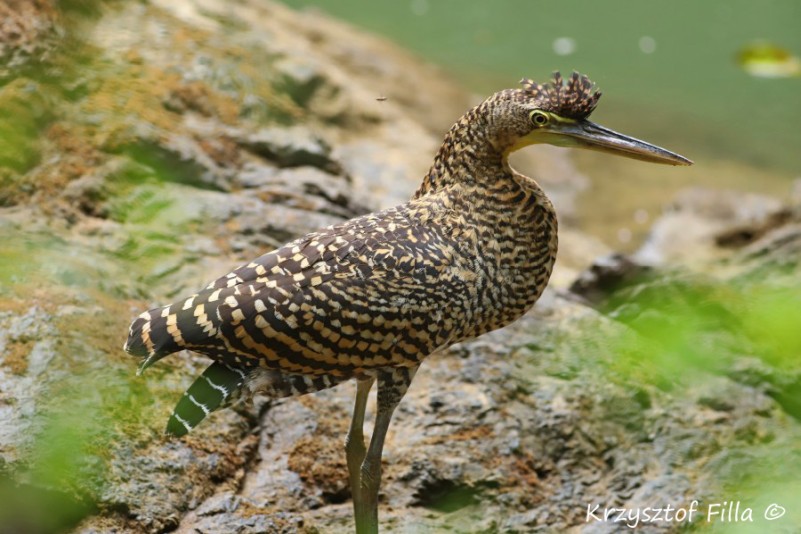
^ ^^^
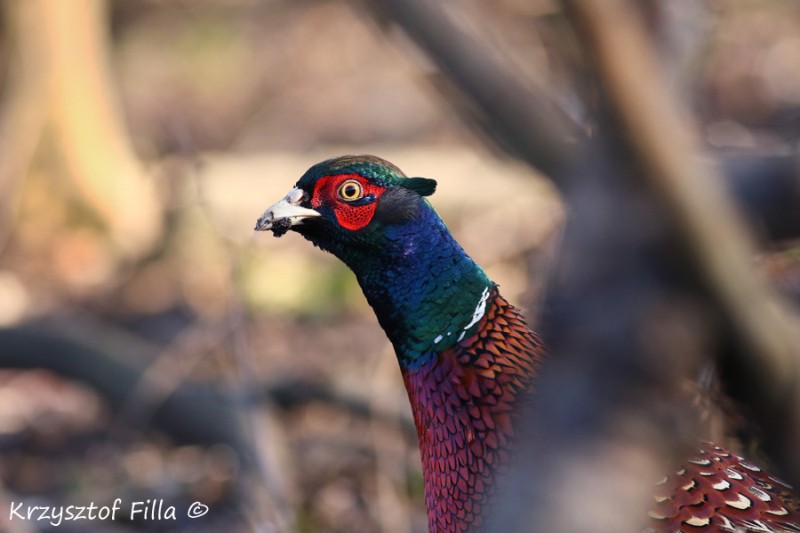
The common pheasant (Phasianus colchicus). In the Middle Ages the bird was brought from Asia to Europe as a game bird. Today it is the most hunted bird of all species of birds. Presently it is not endangered with the extinction.
^ ^^^
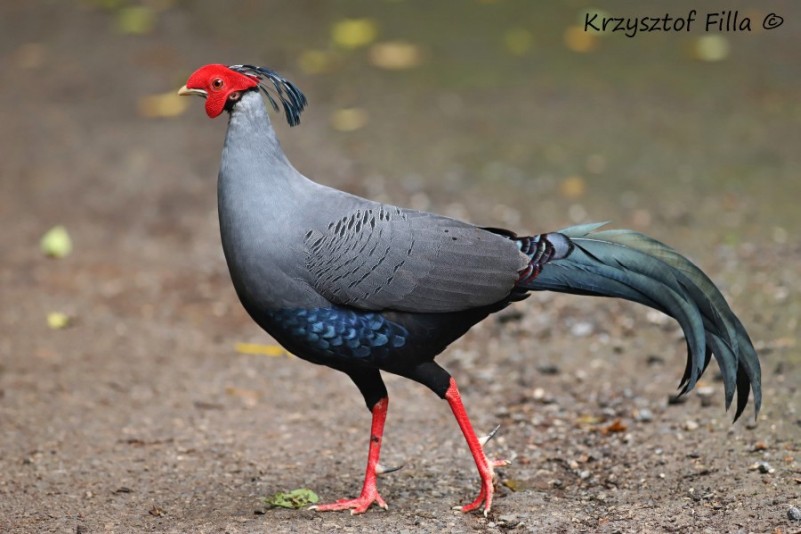
The siamese fireback (Lophura diardi). It is a national birds of Thailand. It is a type of pheasant occurring on Indochinese peninsula. It is fairly common but hunting and lose of habitat continuously brings its number down.
^ ^^^
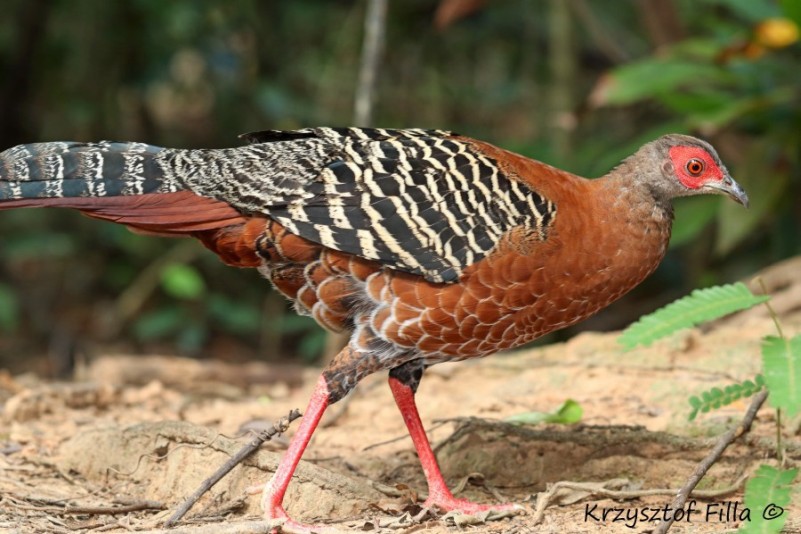
A female of the Siamese fireback (Lophura diardi).
^ ^^^
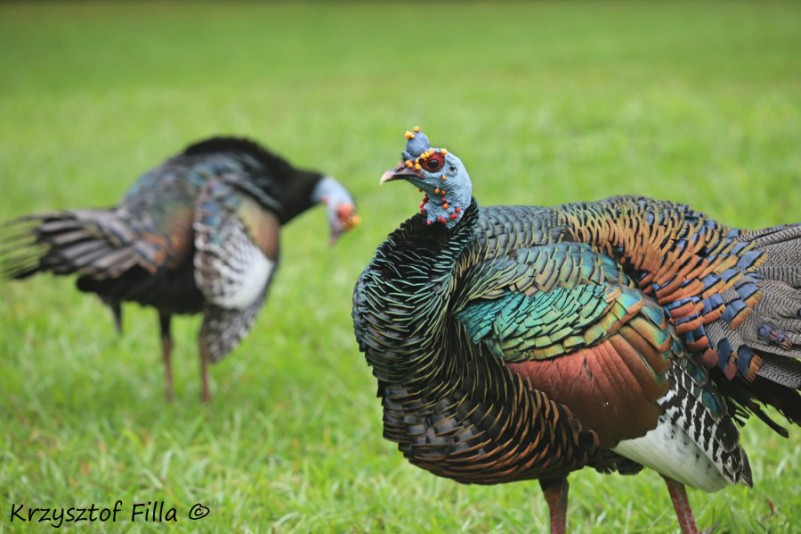
The ocellated turkey (Meleagris ocellata) is a species of turkey residing primarily in the Yucatán Peninsula, Mexico, as well as in parts of Belize and Guatemala. Its status is near extinction mainly due to poaching and degradation and loss of habitat.
^ ^^^

The montezuma oropendola (Psarocolius montezuma). This bird occurs in the eastern part of the Central America. It weaves nests in the shape of a sack out of dry grasses and tiny twigs. They live in colonies of about 30 nests. The first part of the bird's name commemorates the Aztec emperor Montezuma and the second part is a Spanish word which means golden pendulum. That is a little odd and distinctive feature of the bird when it leans foreword and then swings down as a pendulum producing a gurgling sound.
^ ^^^
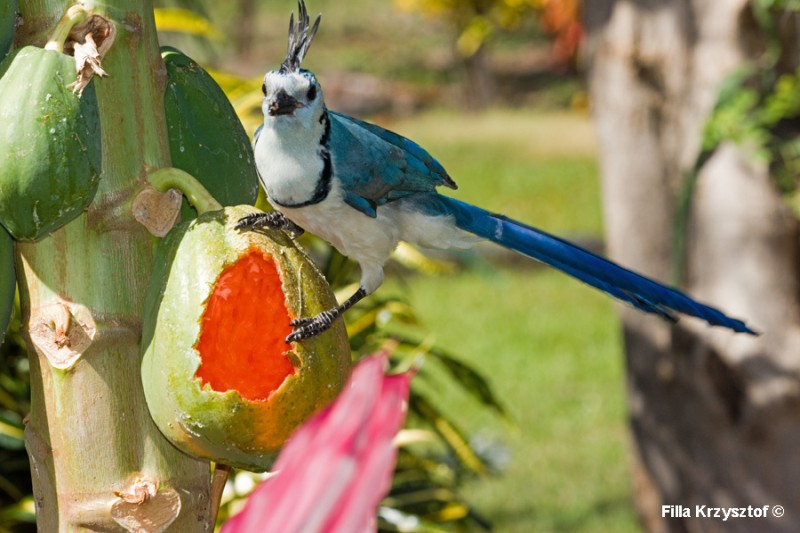
The white throated magpie jay (Calocitta formosa) is a common omnivorous bird on the western side of Nicaragua. As well as insects and other small animals it feeds on seeds and fruits. Here a group of them were relishing the fruit of the papaya.
^ ^^^
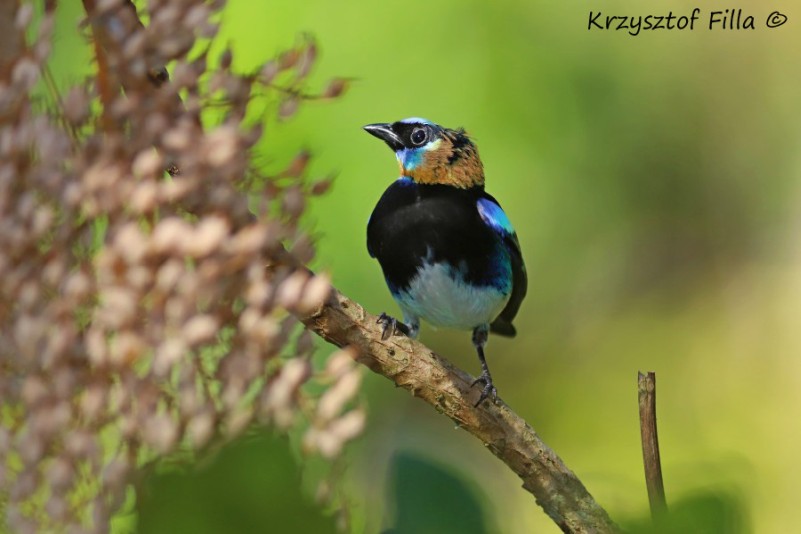
^ ^^^

The long-billed hermit (Phaethornis longirostris) though it is one of the biggest birds in the family of hummers it weights only 6 g.
^ ^^^

The first two hummingbirds from the left belong to the species of the lesser violetear (Colibri cyanotus). It occurs in Central America and the Northern Andes between 1200 and 2300 m. a.s.l. Their favorite environment is the cloud forest. They are the fastest flying hummingbirds achieving speed up to 140 km/h. Their plumage is greenish with blue hue. Its distinctive characteristic are the purple patches near their ears which they can stick out when squabbling with other opponents. The hummingbird on the right side is the white-throated mountaingem (Lampornis castaneoventris). It is endemic to a narrow mountain range above 1800 m. between Costa Rica and Panama.
^ ^^^
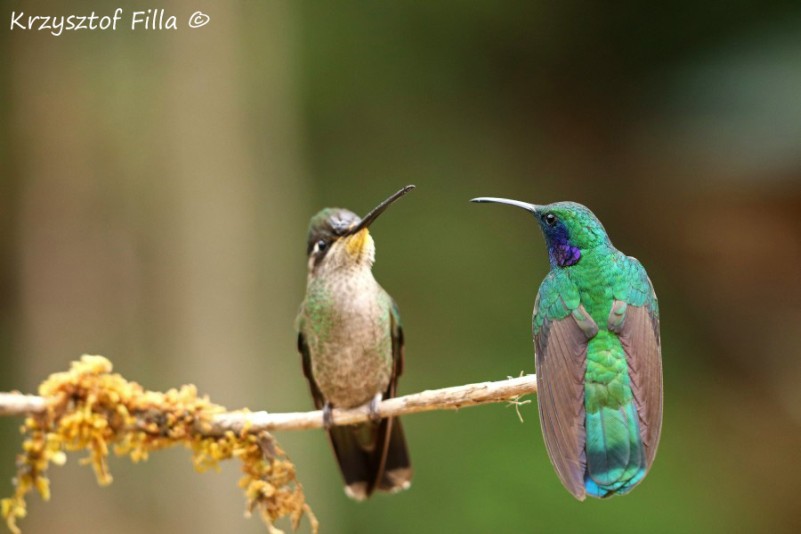
The bird on the right side is a hummingbird The lesser violetear (Colibri cyanotus).
^ ^^^

^ ^^^

The blue-gray tanager (Thraupis episcopus) It is popular inhabitant of Central America. Often encounter at the edge of a forest or some young groves. Frequently seen in urban parks and gardens on lowland terrain but it is possible to in a mountainous areas up 2200 m. above see level. It is exactly the altitude where I have taken the the picture.
^ ^^^
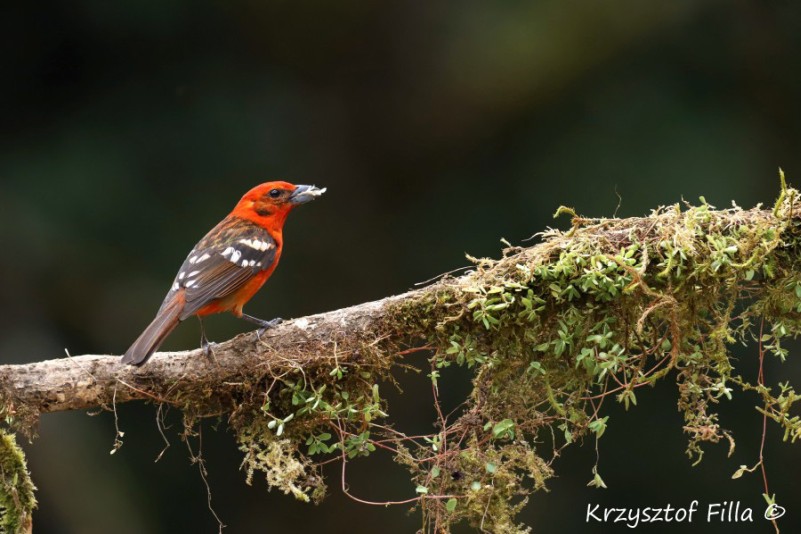
The flame-colored tanager (Piranga bidentata) male.
^ ^^^
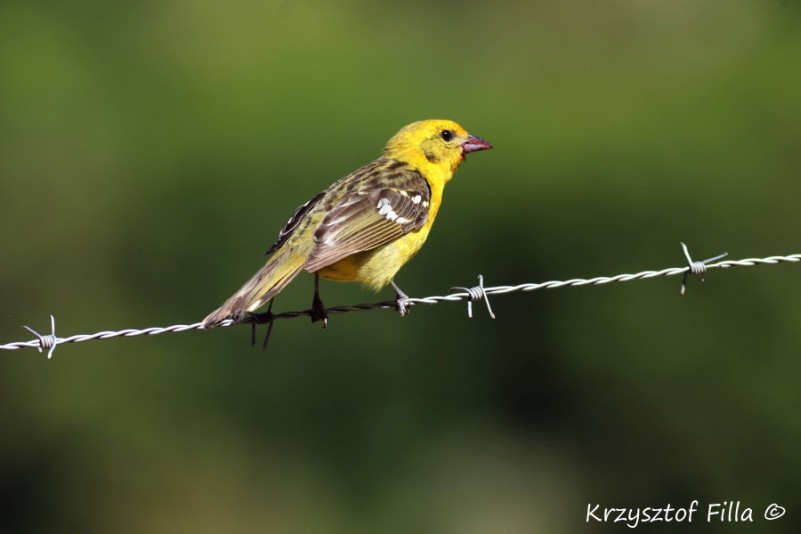
The female flame-colored tanager (Piranga bidentata).
^ ^^^
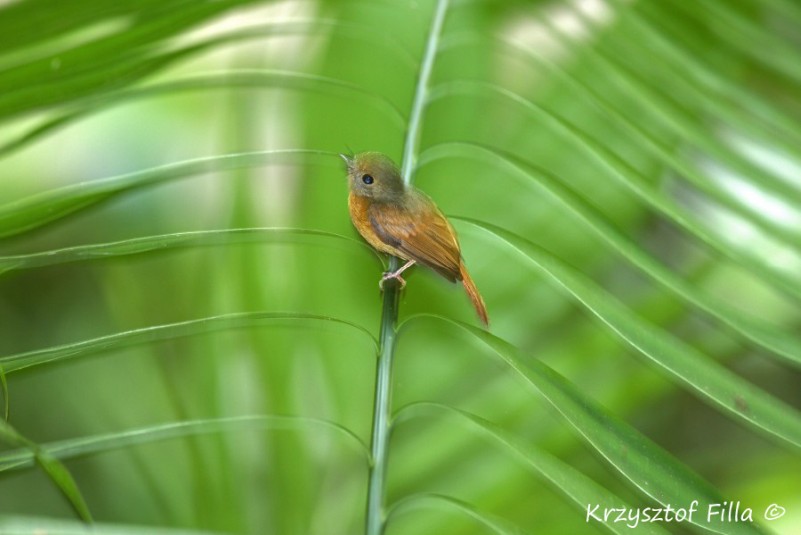
The ruddy-tailed flycatcher (Terenotriccus erythrurus). The range of the birds spreads from South Mexico to Bolivia. It likes a humid lowland.
^ ^^^
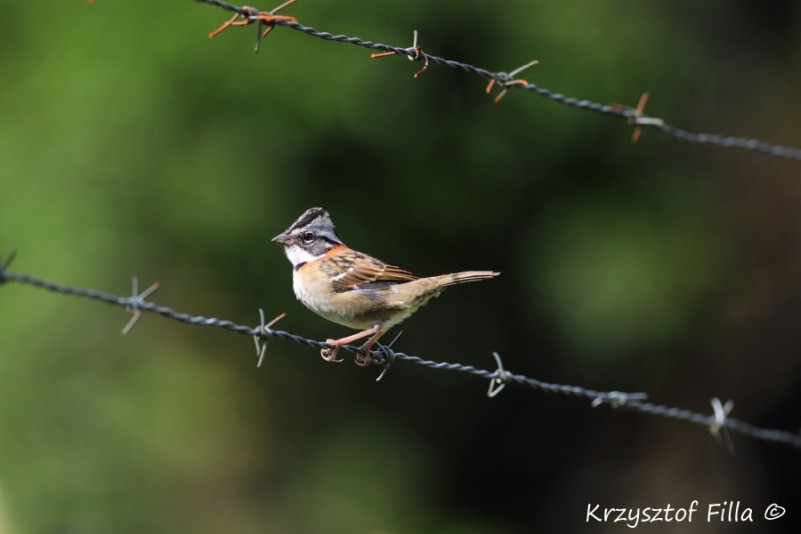
The Rufous-collared Sparrow (Zonotrichia capensis). This sparrow has wild range of habitats. It occurs from Argentina to the south Mexico except the Amazon basin.
^ ^^^

The yellowish flycatcher (Empidonax flavescens). It lives in a few highland areas from 800 to 2500 m. a.s.l. from southeastern Mexico to western Panama.
^ ^^^
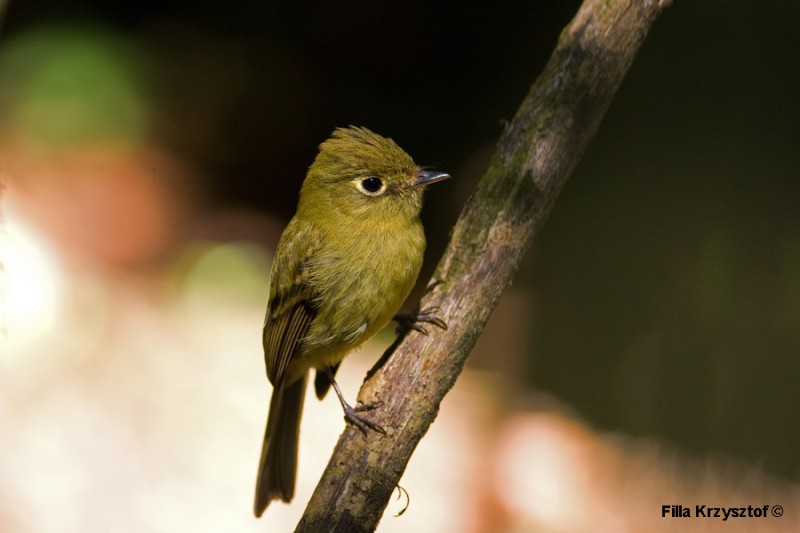
The yellow-bellied Flycatcher (Empidonax flaviventris).
^ ^^^
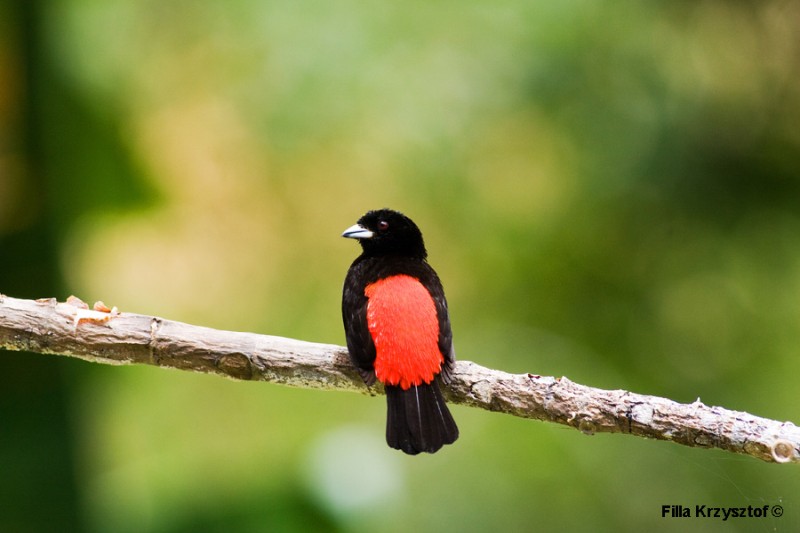
The passerini's tanager (Ramphocelus passerinii). The bird dwells from South Mexico to Western Panama mostly on the humid Caribbean side of Central America.
^ ^^^
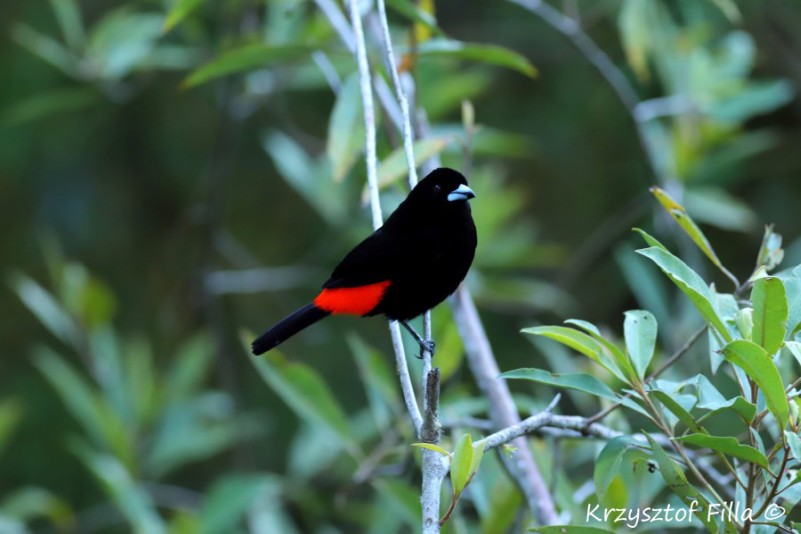
The cherrie's tanager (Ramphocelus passerinii costaricensis).
^ ^^^
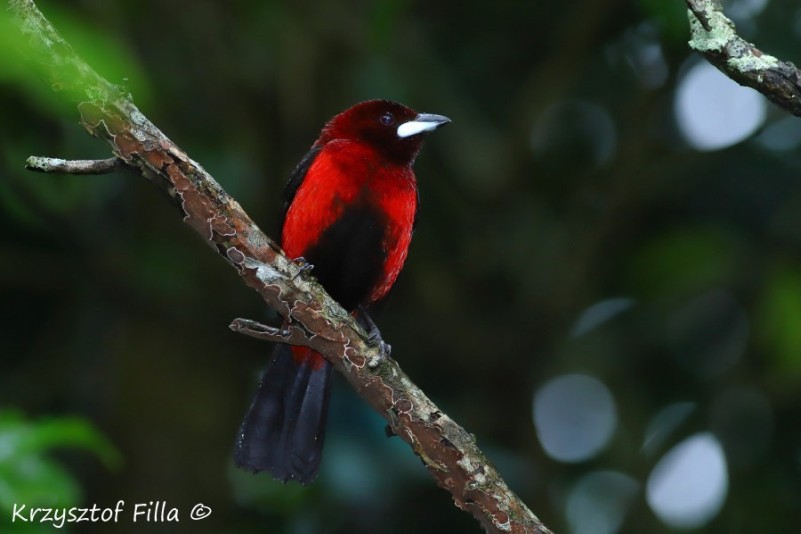
The crimson-backed tanager (Ramphocelus dimidiatus). It occurs in all Panama and northern Venezuela, mainly in lowland terrain.
^ ^^^
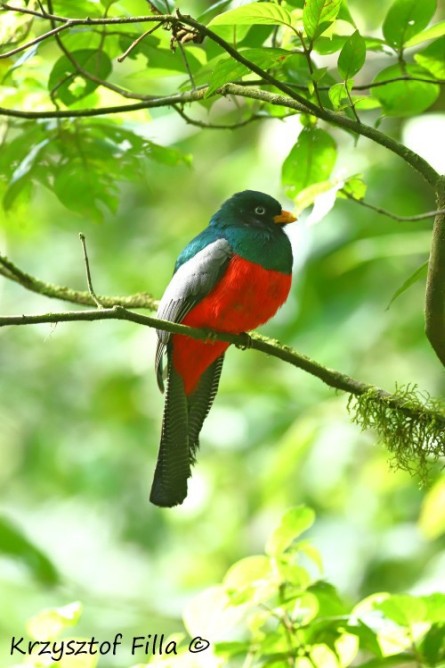
The lattice-tailed trogon (Trogon clathratus). The bird calls its home Costa Rica and northern east Panama. It exists on the altitude between 800 and 1400 m. a.s.l. They have a distinctive sexual dimorphism, females are gray and males (in the picture) have intensive gay colours.
^ ^^^
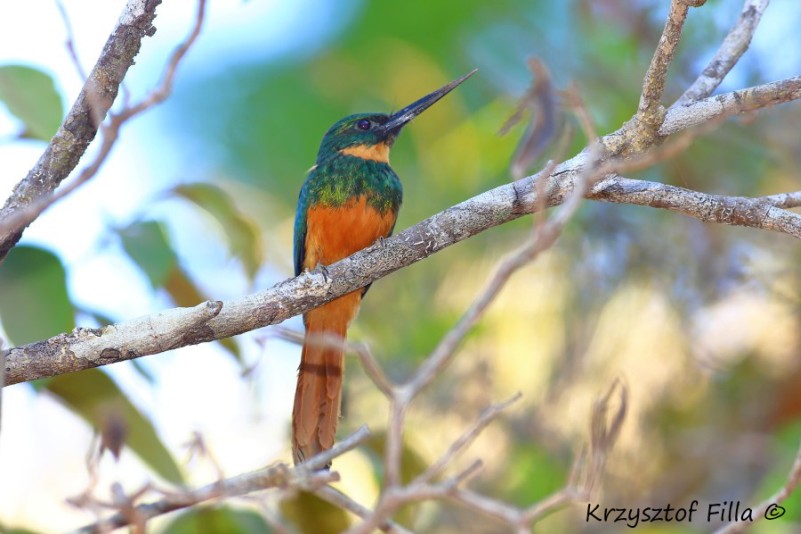
Rufous-tailed Jacamar (Galbula ruficauda). Males have white throat patch and females orange. They favor living at the frontiers between forest and clearings. Leave in Central America and some parts of South America.
^ ^^^
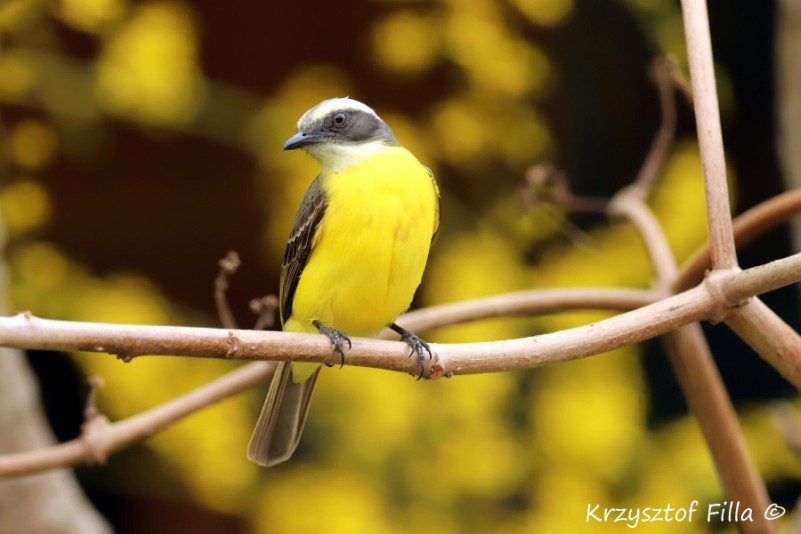
^ ^^^
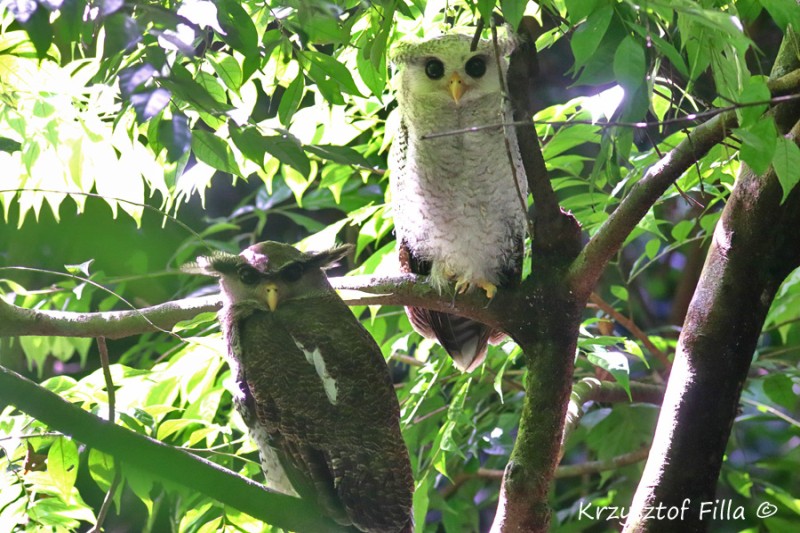
The barred eagle-owl (Bubo sumatranus) in the forest of Sumatra.
^ ^^^
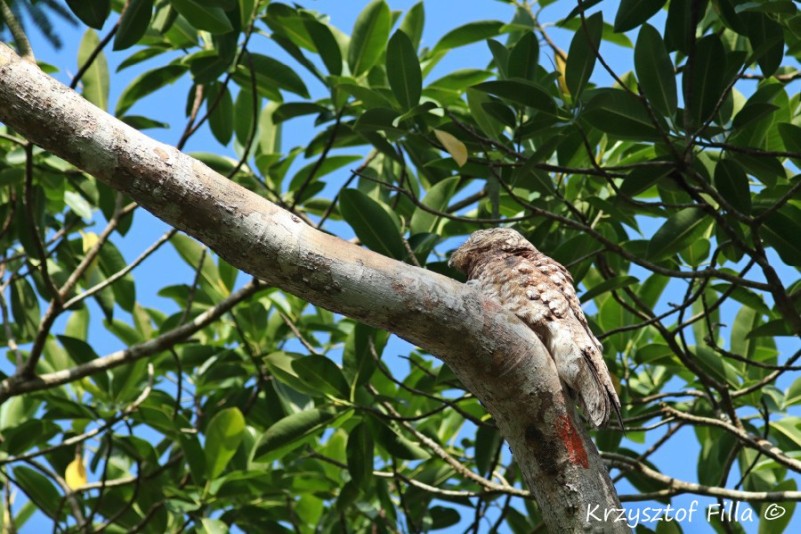
The potoo (Nyctibius). It is a nocturnal bird hunting on flying insects. During the day it sits on a tree and pretends to be a broken branch with eyes half closed.
^ ^^^
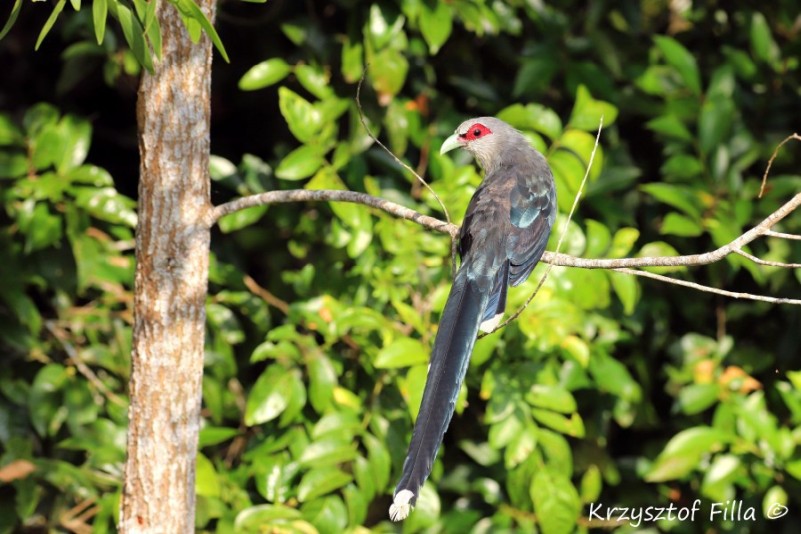
The green-billed malkoha (Phaenicophaeus tristis). It is a species of non-parasitic cuckoo found throughout Indian Subcontinent and Southeast Asia. Among cuckoos it has very long tail.
^ ^^^












































































































